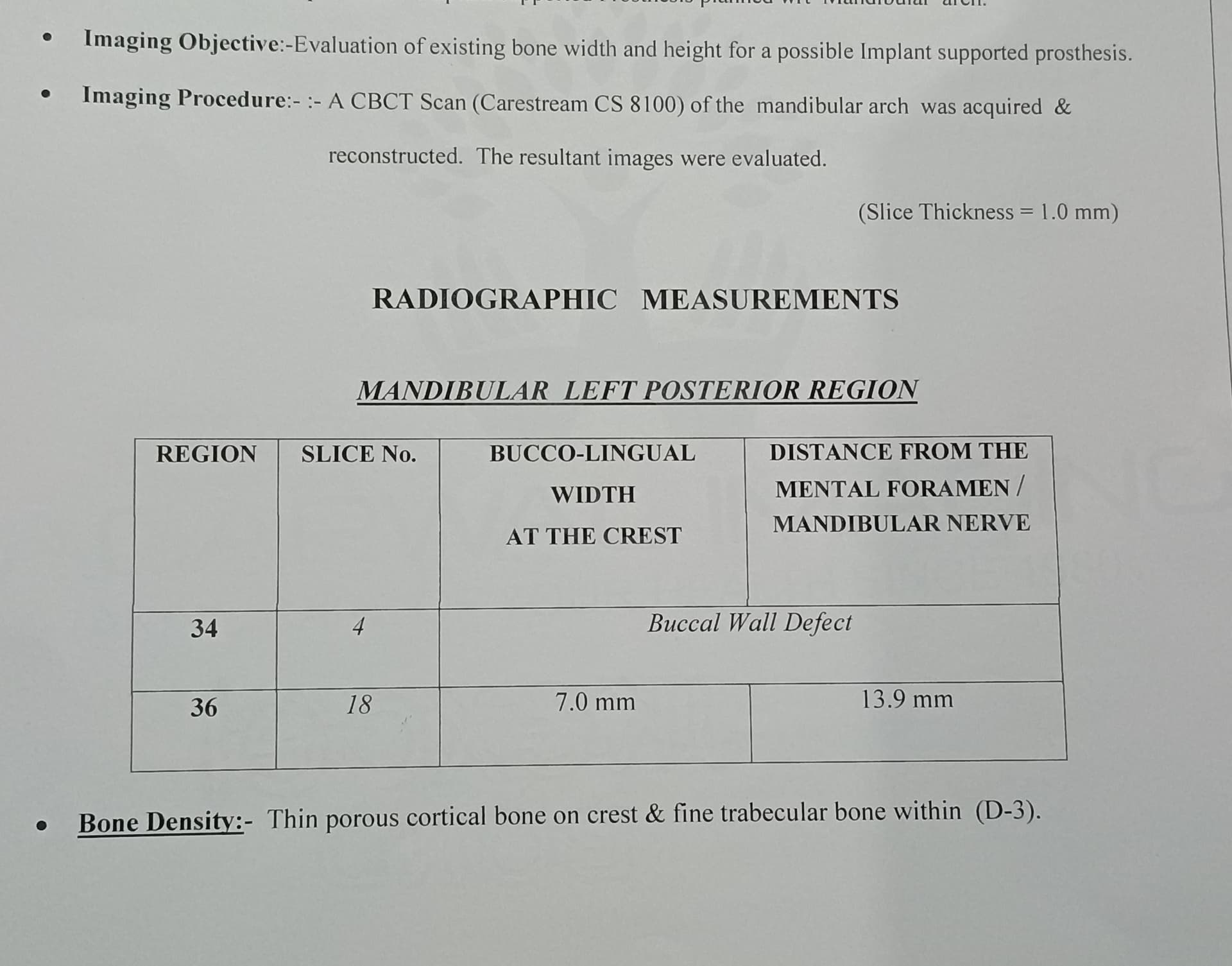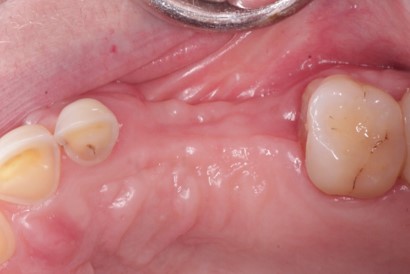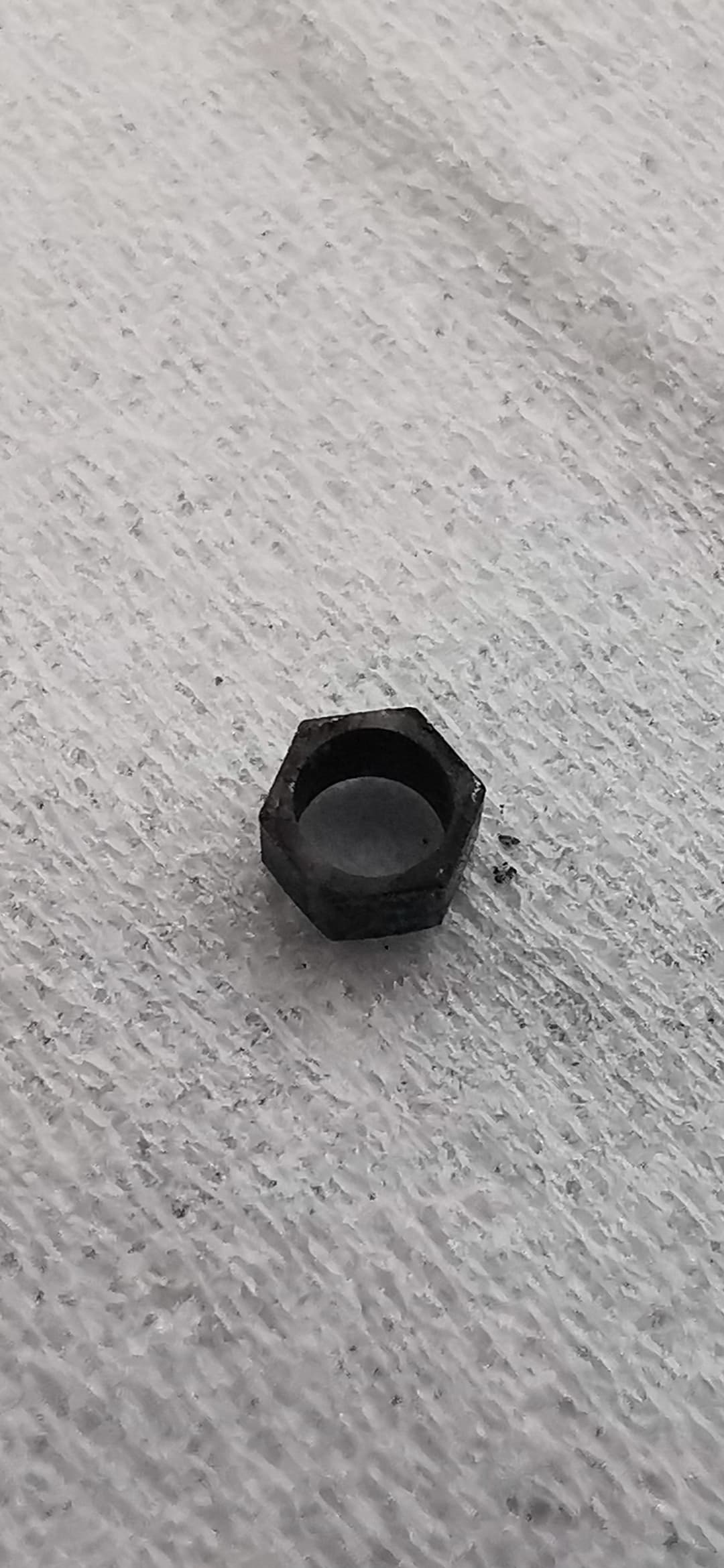Best moment for gingival grafting?
What is the best time to perform gingival grafting in order to increase the zone of attached gingiva around implants? I have a patient with a flat alveolar ridge where I am planning on installing implants for Locator attachments for an overdenture. So far I have done the gingival grafting at second stage surgery, but I find it difficult to have the graft well secured with the healing abutments installed. Any recommendations?
10 Comments on Best moment for gingival grafting?
New comments are currently closed for this post.
CRS
10/4/2013
Connective tissue graft at implant placement with buried implant especially on buccal in esthetic areas. More difficult after implant exposure but can be done as a pocket.
Gary Omfs
10/5/2013
Sorry I wasn't clear enough, I mean providing enough attached gingiva around Locator abutments in the flat resorbed symphyseal area ( no vestibuloplasty possible), not for aesthetic pupose but for not harming the peri- implant soft tissue with this removable system. Years ago we did an iliac crest onlay graft and after three months a skin (!) graft + implants for these cases but that's fortunately quite obsolete.
When would be the easiest free gingival grafting: would that be before, during or after implantation, and could you share some technical aspects ?
CRS
10/5/2013
You may want to do a bar vs locators if there is no vestibule. A photo would be helpful. I would do the tissue graft first then use palate or allodetm or chorionic membrane with a good stent to hold the tissue down. You only need a few mm of attached tissue for hygiene if the muscle attachments are clear. If your doing transmucosal implants you can graft place a ct graft around them. The key is the muscle attachments. I had a case like this and I did it guided since it is real easy to lose orientation and end up lingually. It was very helpful not to place the implants in the genial tubercles. Actually I did not need to use a free gingival graft the tissue adapted after 3-4 months exposure with locators and a ct graft at placement as above. I haven't done a skin graft in over twenty years but the dermatome was fun to use. We are not so. Vestibule dependent now with implants! A lot of the principles are the same remember the mandibular staple? Good luck.
In to use. We are not so
Sb oms
10/5/2013
In my hands, the time to do this is during second stage or uncovering surgery.
You can use the healing abutments to support your graft and help give some structure to hold sutures.
1. Crucial to know how to do split thickness dissection and remove muscle attachments.
2. I use full thickness strips from the palate, so there is some morbidity associated with this. The patient usually has an upper denture so this can be soft lined for healing phase.
3. The patient really can't wear a denture on this for two weeks. If they need to,
I soft line it and core out the areas where the graft is and beg the patient to only wear it minimally.
Obviously this is not a patient friendly protocol, but it works for me and sets up long term tissue health around implants. Especially in cases where the resorption is so extreme that the genial tubercles are crestal.
I learned this technique from dr pikos, and while it's a drag for the patient, it's always worked out great in long run.
CRS
10/7/2013
Sb do you have a reference or article, it would be great to see a photo. Is it from one of Mike's courses? Do you tack the graft with the healing abutments superiorly and suture inferiorly? Thanks
Peter Fairbairn
10/7/2013
Good post Sb oms another thing that can be of help are soft tissue screws and tacks especially to counter muscle pulls .
Peter
Sb oms
10/7/2013
Yes I use the healing abutments to secure the graft crestally. Flared healing abutments work well, and the more implants you have the better.
Sutures inferiorly and laterally. Graft shrinks 20-30% in first year. I've never tried to do this with allograft.
Technically sensitive and difficult, and I have periodontist in my genes. I took mike pikos soft tissue course and watched him do two cases.
No I don't have a reference or an article, but I'm sure they exist. It's a pretty old school technique, and it's the only way to make these cases last.
Interestingly enough, now that I'm doing more immediate fixed, I'm not grafting the soft tissue as much and getting away with it.
I have some photos, how do I post them to this thread?
OsseoNews
10/8/2013
You can always post your photos by going to the "Post a Case" link at the top of the page or go here: ( http://www.osseonews.com/post-case-photos-and-get-feedback/ )
Be sure to note where you want the photos posted, in a new case or for just this thread, and be sure to use the same email address you use when posting comments.
Thank you.
DrT
10/8/2013
I agree that palatal gingiva is the best and in my experience the ONLY donor tissue to use...if you look at any material for any of the allografts you will see that when these materials are not covered by gingival tissue, they pretty much totally slough. I recommend using Miracle Mouth Rinse for post op palatal discomfort
gary OMFS
10/9/2013
Thanks for sharing your experience. CRS, I agree a bar would be better with no vestibulum but the patient cannot afford it!
The amount of keratinized tissue you keep in the long term is very technique sensitive. I thought doing this in a second procedure is quite a nuisance to the patient so we often feel pressure to do as much as possible in one procedure. But the only way to have a predictable result is using thick gingival tissue tightly secured to the periosteum; in a second surgery, as I already did. I understand there are no shortcuts.


















